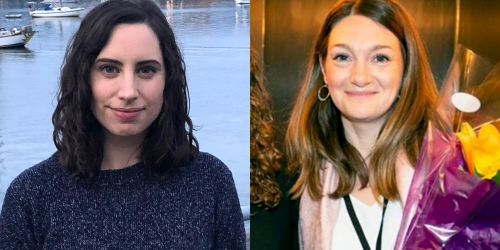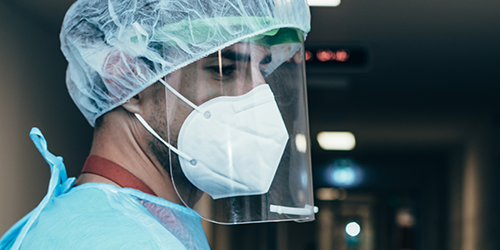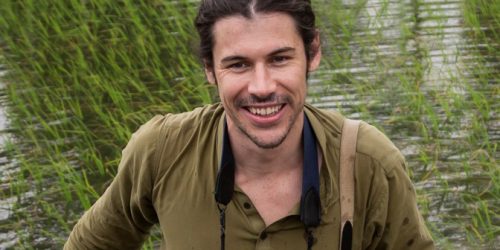Uncovering gaps in hepatitis B and C services for immigrants and newcomers: A new report from Action Hepatitis Canada
May 22, 2024 • By Jennifer van GennipImmigrants and newcomers make up almost a quarter of Canada’s population, contributing enormously to the social, cultural, and economic vitality of our country. To ensure Canada upholds its commitment to the well-being of newcomers and the strength of our diverse communities, it’s essential to prioritize equitable access to healthcare. This not only safeguards the individual health and dignity of newcomers but also nurtures the resilience and prosperity of our society as a whole. Ensuring equitable healthcare means acknowledging that immigrants may have distinct needs due to cultural and linguistic barriers or other social determinants of health. They may also be...






